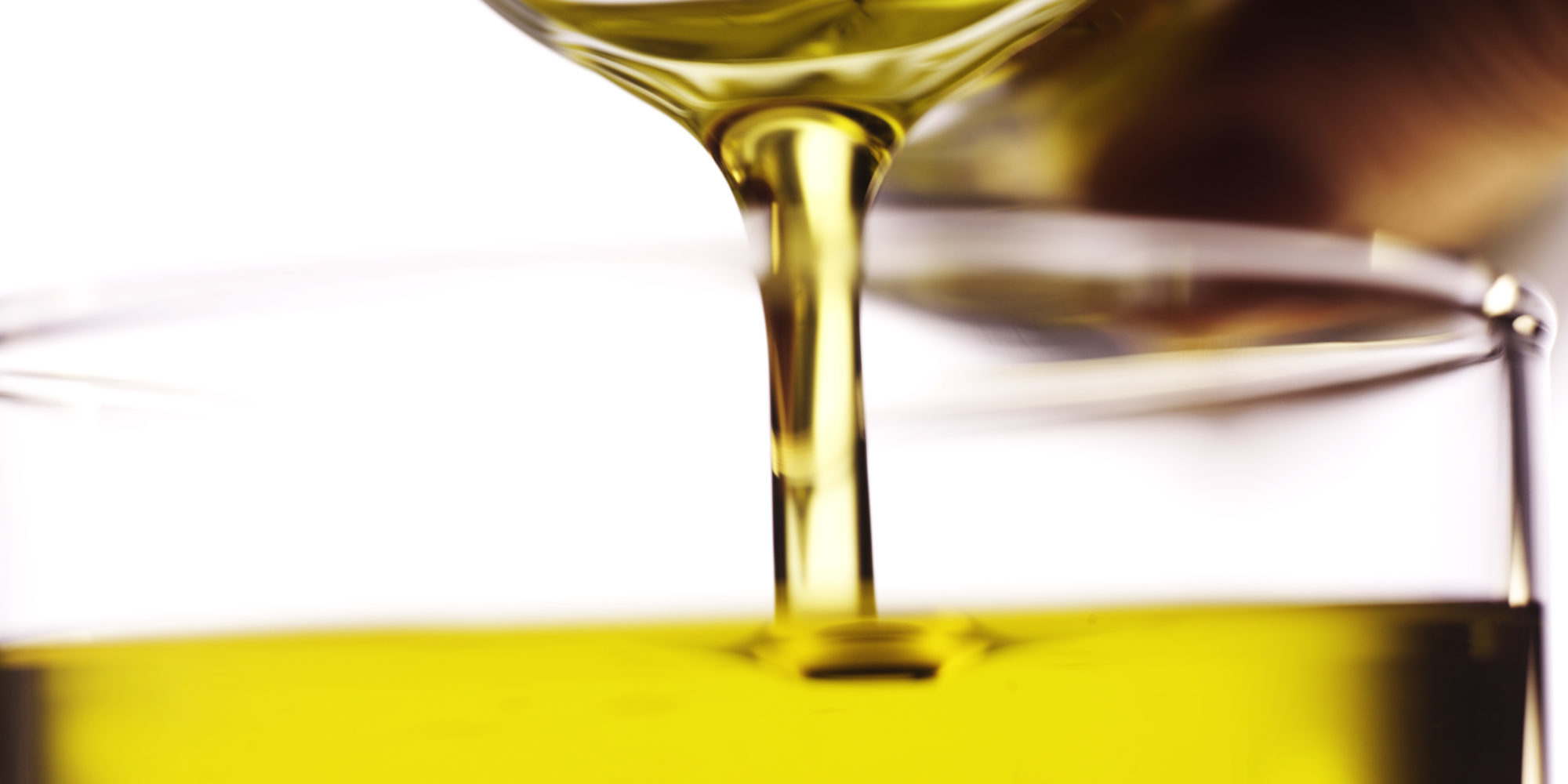11.21.2025
Sausage casings bulletin, November 21, 2025

...

Collapse in Soy Spreads Weighs on Nearby Soybean Oil Prices
Vegetable oil prices were mixed on Thursday as the rally in soybean oil prices on Wednesday drove palm oil higher, but a collapse in soybean spreads weighed on the front end of the soybean oil curve. The acreage data from the United States Department of Agriculture (USDA) was undoubtedly bullish. Still, concerns about Chinese demand for soybeans drove nearby soybean futures to retrace about half of Wednesday’s gains. In addition to the weakness in soybean spreads, quarterly stock data indicated there should be sufficient soybean supplies to raise crushing volumes to meet the demand for vegetable oil feedstocks from the biofuel industry. Combined with the bullish acreage data, the stock data will likely weigh on soybean oil spreads over the coming weeks.
The spread between soybean oil and palm oil contracts narrowed. The May spread is firmly trending lower, dropping below nine cents for the first time since March 3. However, the July spread remains range-bound between 10.5 and 13 cents. Still, if soybean oil spreads come under pressure in the coming weeks, the July spread will likely follow the May spread lower.
The spread between soybean oil and heating oil futures (HOBO) narrowed as gains in energy prices following the announcement of a slow increase in production quotas by the Organization of Petroleum Exporting Countries (OPEC+). The move drove the spread down to $2.13 per gallon.
Nearby soybean oil futures declined by 1 1/2 percent (May contract -79 basis points per pound). However, most deferred contracts posted modest gains. Buying at the 52-cent level in the benchmark contract limited the decline in the nearby contract, while the five-day exponential moving average provided support for the other contracts. There are two critical questions for the soybean oil market going forward. The most important for world vegetable oil prices is the level of demand from Chinese and Indian buyers. For U.S. soybean oil prices, it will be the volume of crush during the summer months. How the answers to those questions develop over the next several months will dictate whether 2020/21 contracts will rally from current levels. However, the surge in demand from renewable diesel producers and the smaller-than-expected soybean crop implied by Wednesday’s acreage data should support 2021/22 contracts.
Palm oil futures gained as much as 3 1/2 percent (June contract +129 ringgit per tonne). However, gains for most contracts other than the benchmark contract were more modest, with most rising less than two percent (December contract +34 ringgit). In addition to the gains in soybean oil on Wednesday, a recovery in vegetable oil prices on the Dalian exchange (palm oil futures +1 3/4 percent, soybean oil futures +1 percent) also contributed to the bullish tone. The development of Indian and Chinese import demand will be critical to palm oil prices moving forward as output increases seasonally over the summer months. A sharp increase in Malaysian palm oil exports during March should lend some short-term support. Still, traders will be looking forward to the first cargo surveyor data for April to indicate demand after Ramadan.